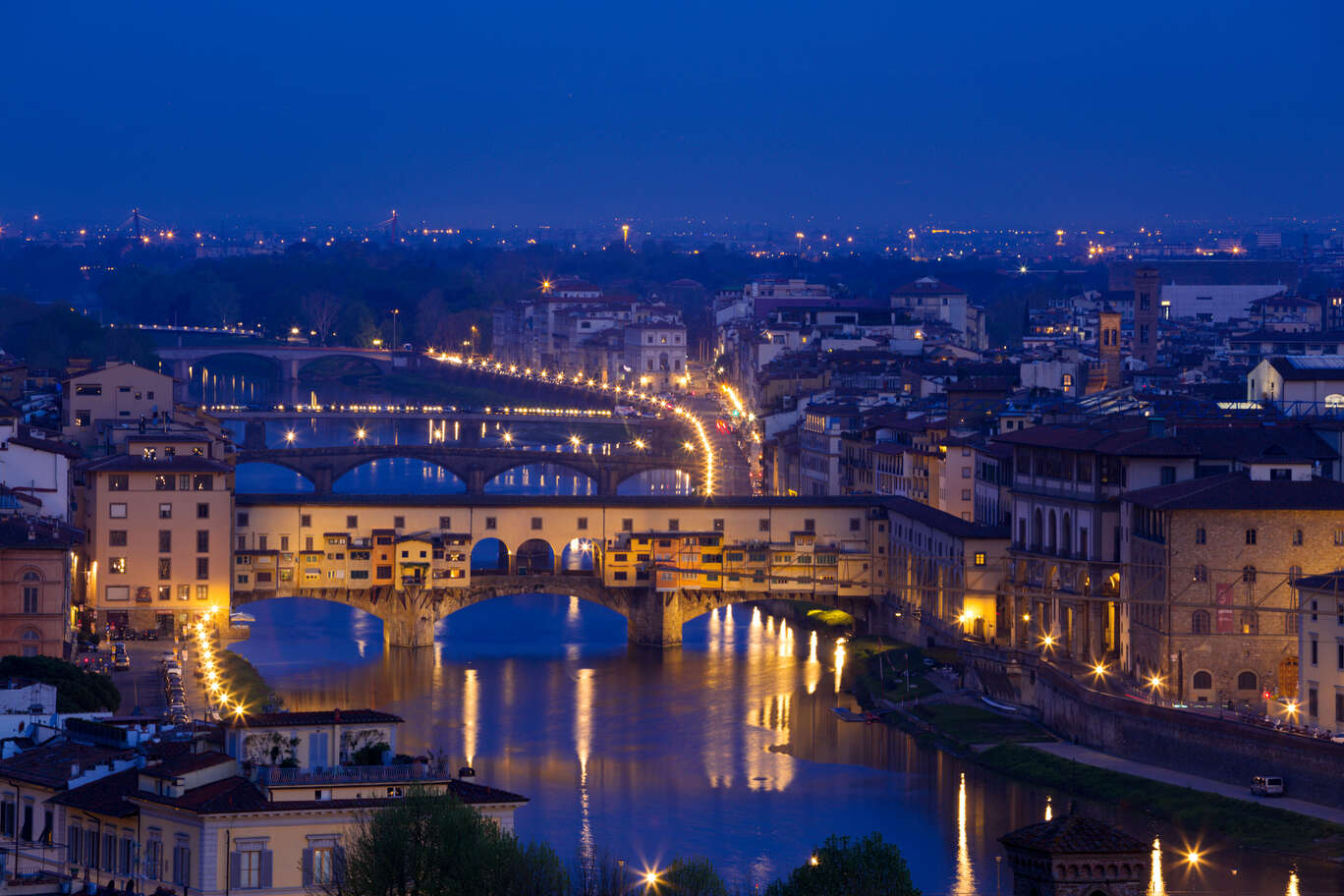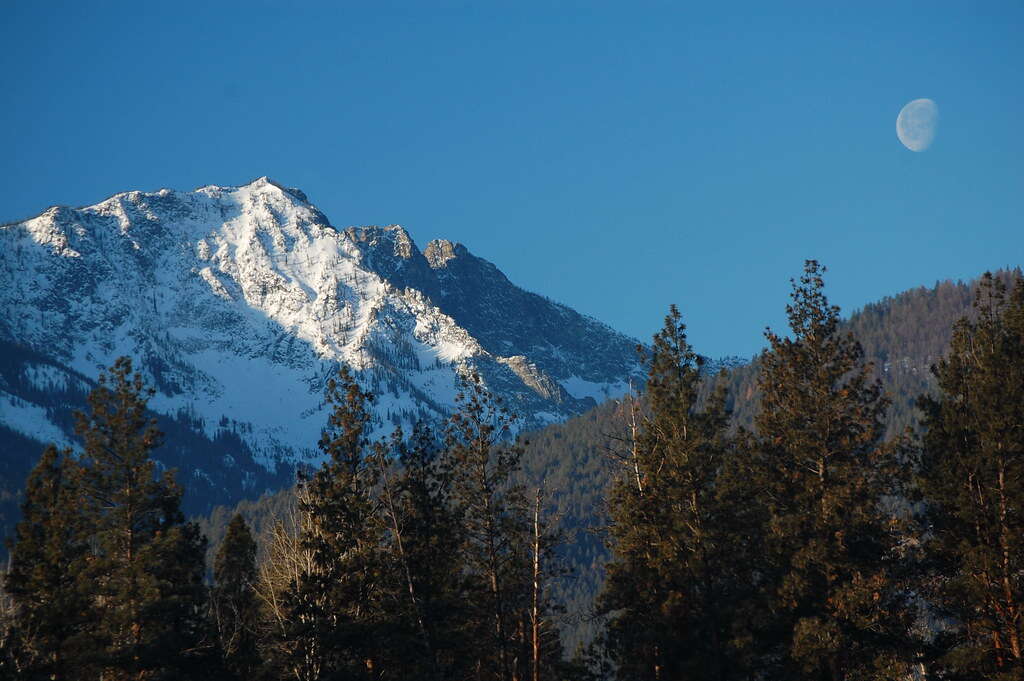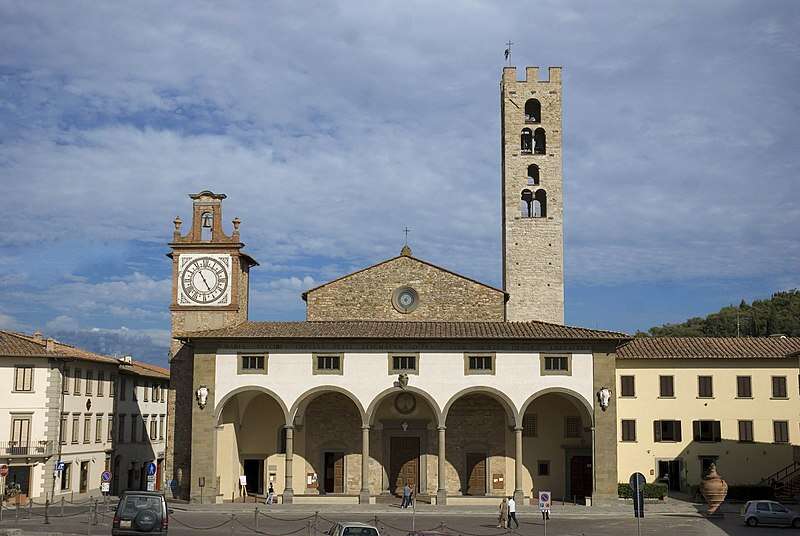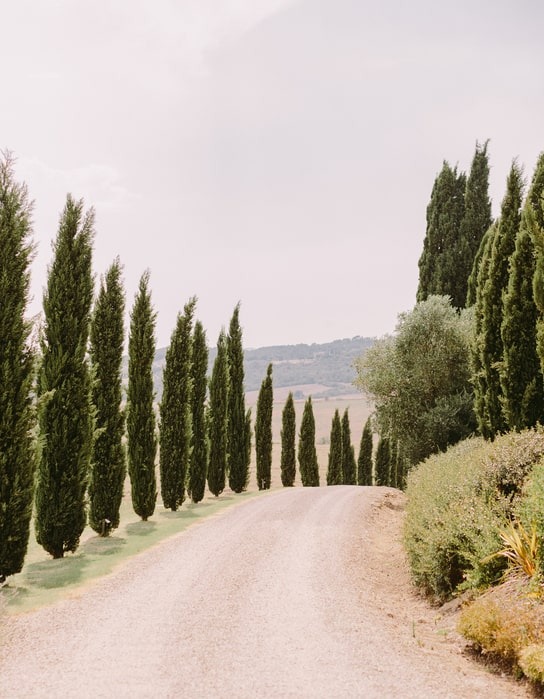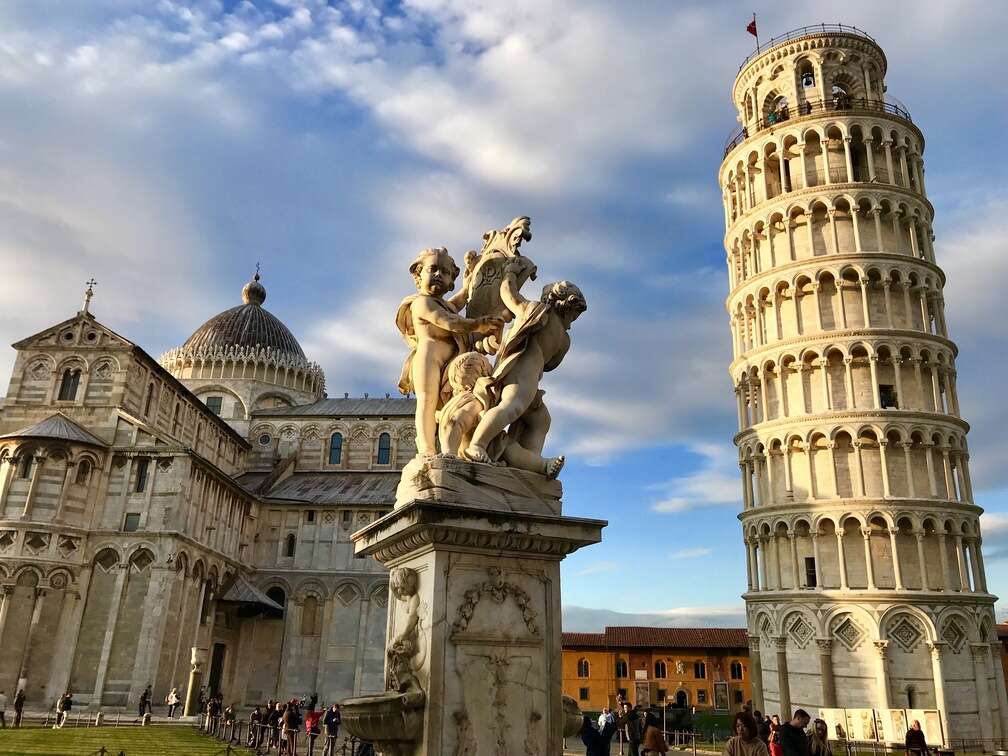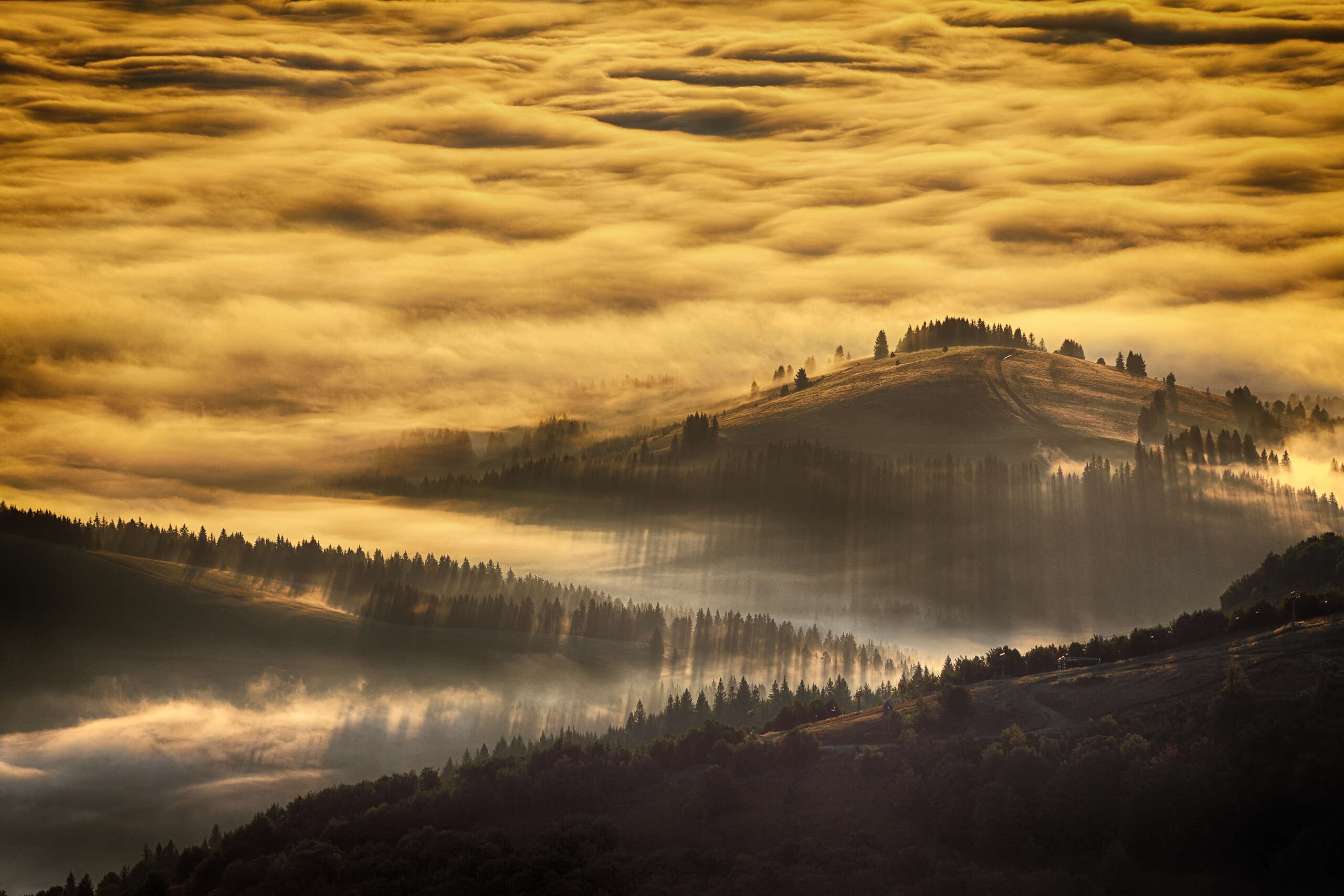Province of Pisa
Pisa is a province in the Tuscany region of central Italy. It is located in an area that was once the heart of the Etruscan civilization. The province is crossed by the Arno River, which leads to the sea next to the beautiful long beaches. There are about 180,000 inhabitants in this Italian region. It was the last province to be granted the title of autonomous, becoming so in 1991.
What to see in the province of Pisa?
The province's landscape is very different from the coast, which is dominated by hills, forests, small rivers and lakes. With its various landscapes, the province of Pisa has something for everyone: in addition to the vineyards and olive groves, there are forests and wetlands as well as many nature parks.
The famous capital of the province
Pisa’s landmarks are well-known worldwide, but this city is also much more than its famous leaning tower. It is renowned for its historic center with medieval architecture. There are a lot of terrific places in the city, which are worth visiting.
The province of Pisa also extends beyond the city and offers a number of interesting small towns as well as wine routes and nature parks, for example, Fiesole, San Gimignano, Calci. Spring and autumn is the best time to take a trip to the hinterland of Pisa.
Italian rugged mountains
Between the province of Pisa and Florence, there is a small mountain range called the Apennine mountains. The Apennine mountain range is the backbone of Italy. The highest point in the Apennines is Corno Grande, which rises to 2,912 m above sea level.
There are several national parks in the Apennines, including the Gran Sasso e Monti della Laga National Park and Abruzzo, Lazio (Parco Nazionale D'Abruzzo Lazio e Molise). Here you can ski in winter and hike or take mountain bikes out on forest trails in summer.
